While big cities such as Buenos Aires, São Paulo, or Bogota are amazing, there is much more to see and experience when studying abroad in South America than metropolitan areas. South America is home to some of the most unique, enigmatic, and beautiful sites, the majority of which fall outside of the typical big city environments. Students who choose to study abroad in South America are obviously looking for adventure, and these top ten destinations definitely do not disappoint.
#1 – Cusco and Machu Picchu, Peru
Considered to be the “jewel” of South America, Machu Picchu (pictured above) is one of the largest tourist destinations in the world. Hidden in the Peruvian mountains and remaining a secret for ages, this legendary “lost city” is one of the best pieces of Inca history and a must-see for anyone studying in South America. Visitors can enjoy a bus ride to the mystical ruins or trek the original Inca Trail. Be sure to read up on where to buy entrance tickets to Machu Picchu and what not to do while you’re there before you embark on your adventure (try this great guidebook) . Also make sure to leave some time in your Peruvian adventure to explore Cusco, the closest city to Machu Picchu. The former capital of the Inca Empire, Cusco is a city of rich culture and history, and some of its top sites include the Pre-Columbian Museum and the Cusco Planetarium.
#2 – Rio de Janeiro, Brazil
The second largest city in Brazil and one of the most beautiful places in the world, Rio is famous for its breathtaking landscape, laidback beach culture, and annual carnival. With famous beaches like Ipanema and Copacabana, Rio is the place to go if you want to experience real tropical paradise. The most famous site, however, is Christ the Redeemer, which is the world’s 5th largest statue of Jesus and a symbol of Brazil’s Christianity. Visitors can hike to the top or take the train or taxi, and to avoid huge amounts of people, try to get there first thing in the morning. Other top sites in Rio include Sugar Loaf Mountain, Estádio do Maracanã, and Tiradentes Palace.
#3 – Iguazu Falls, Argentina/Brazil/Paraguay
One of the New Seven Wonders of the World, no semester in South America is complete without stopping at Iguazu Falls. Made up of 275 waterfalls stretching about 1.7 miles long, Iguazu is the longest waterfall in the world and so expansive that it straddles the borders between three countries. Visitors can spend days walking through the national park and swimming in the smaller falls and pools hidden in the rainforest. Be sure to walk out to La Garganta del Diablo (The Devil’s Throat), which is the largest of the falls, and take a speed boat ride to get an up-close and personal experience. Also, don’t just “do” Iguazu in one day like many visitors do with Niagara and other waterfalls. The towns surrounding the falls offer an infinite amount of things to do, and with the right visas and immunizations, visitors can even travel across the water to a bordering country.
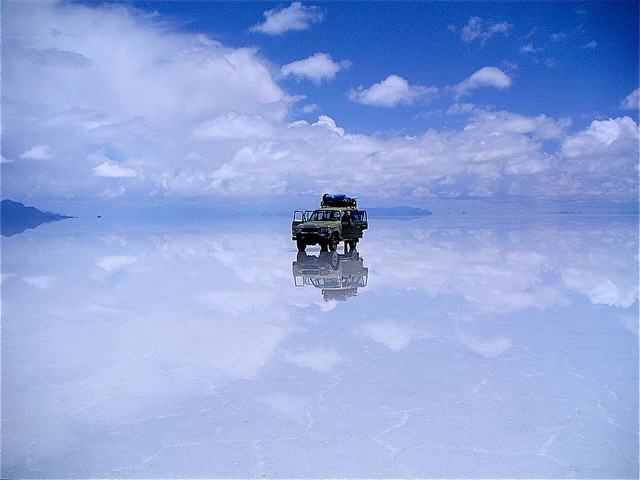
#4 – Salar de Uyuni, Bolivia
While not as popular as destinations like Machu Picchu, Salar de Uyuni is the world’s largest salt flat and also known as the world’s best photo opportunity because of the interesting and unique landscape. Located in southwest Bolivia near the Andes, the salt flats are usually part of a several-day tour in Bolivia that includes stops at the Salt Hotel and the Train Cemetery— but it is certainly possible to visit Salar de Uyuni without a tour. Every November, the salt flats become the breeding grounds for three species of pink flamingos and is home to many other types of animals. Visiting during dry season is typically recommended for its limitless horizon perspective, but rainy season also provides unreal reflective photos. Salar de Uyuni is truly an out-of-this-world experience and usually fairly inexpensive to visit.
#5 – Easter Island, Chile
Known as Isla de Pascua or Rapa Nui, Easter Island is one of the most sacred and mysterious sites on Earth. One of the most remote inhabited islands in the world, it is famous for its giant stone figures (Moai), which were built hundreds of years ago and remain almost a complete mystery. With the nearest inhabited land being over 1,000 miles away, the Moai are the only link to the demise of this very isolated Polynesian culture. However, there is much more to do on this island than study the Moai — Easter Island has two white-sand beaches ideal for enjoying the tropical sun or surfing, scuba diving, and snorkeling. Journeying to Easter Island is a once-in-a-lifetime opportunity and it is perfect for students looking for adventure, but plan ahead if you think you want to travel here– it’s very expensive to get to!
#6 – Angel Falls, Venezuela
Students living in South America have the opportunity to visit not only Iguazu, the longest waterfalls in the world, but also Angel Falls, the highest waterfalls in the world. Located in Venezuela’s Canaima National Park, Angel Falls are a definite must-see. The trek through the jungle to reach the falls is an adventure all on its own, as visitors have to navigate the grasslands, mountains, rivers, and lagoons and experience tropical wildlife. Approaching the top of the falls makes this ordeal totally worth it, as the falls are truly amazing. This destination is ideal for outdoor-enthusiasts and students looking for a real adventure.
#7 – The Galapagos Islands, Ecuador
Known as an “animal lover’s paradise”, the Galapagos Islands are one of the only places where you can find animals frolicking freely, and completely unafraid of humans. One of the last unspoiled places on Earth, people continue to respect the boundaries of mother nature and allow wild animals prosper. Like in a movie, visitors can play with sea lions and penguins or swim alongside turtles, as well as partake in other tropical delights. Relax by the beach, soak up the Ecuadorian culture, and enjoy Mother Nature at its finest.
#8 – Quito and the Amazon, Ecuador
The capital of Ecuador and built on the ruins of an ancient Inca city, Quito is also the first city to be named a UNESCO World Heritage Site. Filled to the brim with activities and great sites to see, Quito is the perfect place for students. The most popular activities include visiting the Middle of the World, strolling the Old Town, and hiking to the Virgin of the Panecillo. In addition, Quito is one of the best entryways to the Amazon. Covering about 40% of the continent, the Amazon is one of the most unique ecosystems on the planet. Before you sign up for a few days in the rainforest, be aware that the Amazon is not for the lighthearted. As one of the world’s most diverse biological areas, it is home to many forms of wildlife and is a physically-demanding adventure.
#9 – Lake Titicaca, Peru
Straddling the border of Peru and Bolivia and steeped in mythological stories (considered to be the birthplace of Inti, the Sun God), Lake Titicaca offers way more than just a funny name. This uniquely beautiful area is a place where many different cultures live in harmony with nature by living off the land and keeping alive the ancient traditions of producing hand-woven goods. The Uros Islands are made completely from woven reed from the lake shores and the islands are home to woven houses, churches, schools, and boats. Much of the area remains untouched, making it the perfect place to really experience nature.
#10 – Patagonia, Chile/Argentina
Known mostly as an outdoor athletic company, Patagonia actually refers to the southernmost tip of South America, a remote region that is a mosaic of dramatic landscapes, snow-capped mountains, expansive ice fields, and golden plains. Shared by Argentina and Chile, some of the best attractions include Moreno Glacier, Ushuaia (the southernmost city in the world!), and Torres del Paine National Park. November to March is the best time to travel to Patagonia, as it is when flights are the cheapest and visitors have the best chance of seeing wildlife (penguins migrate to Patagonia from Antarctica). Students can hike, mountain bike, and experience some of the most incredible glaciers and icebergs in the world. For a real adventure, students can even look into traveling to Antarctica from Patagonia, particularly Ushuaia.
South America is by no means a small continent and this list of best sites is barely the tip of the iceberg (no pun intended). Don’t forget about hiking the Andes, harvesting tropical fruits in Colombia, or horseback riding your way through Argentina. The continent is as ethnically, religiously, and biologically diverse as they come, so be sure to take full advantage of your weekends and time off from classes to travel as much of the continent as possible.
Want more ideas for what to do in South America? Check out Lonely Planet’s South America on a Shoestring guidebook.
What do you plan on seeing during your study abroad semester in South America? Let us know in the comments.
Photo sources: einalem via Flickr, Rebecca’s own, Blinking Idiot via Flickr, fjaviergarciaorts via Flickr, ArthurGeek via Flickr

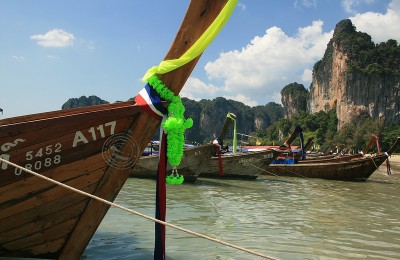
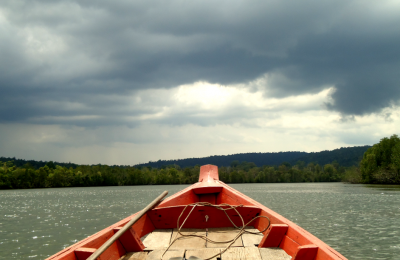
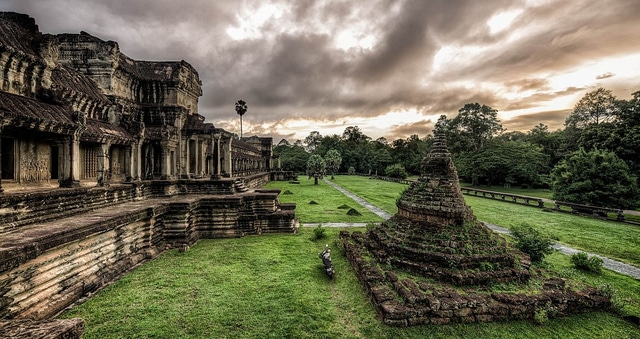


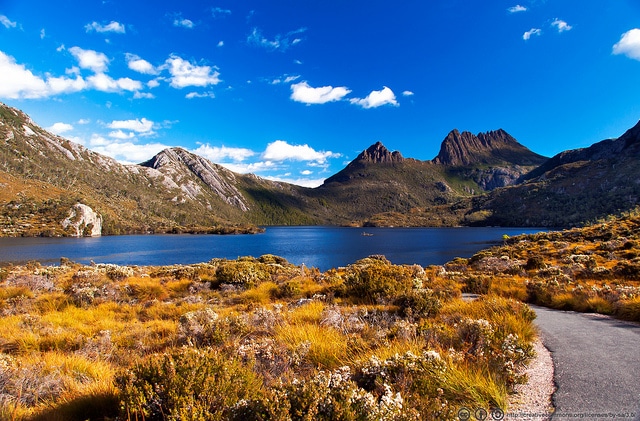
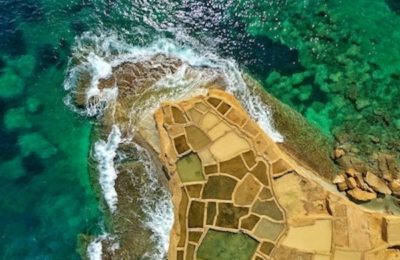
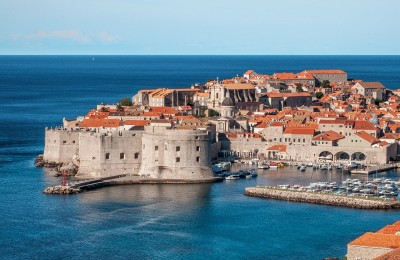

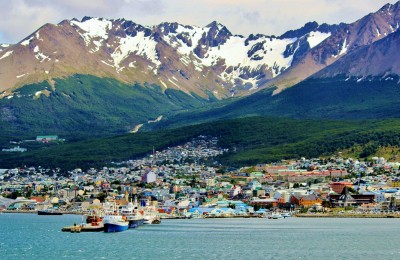
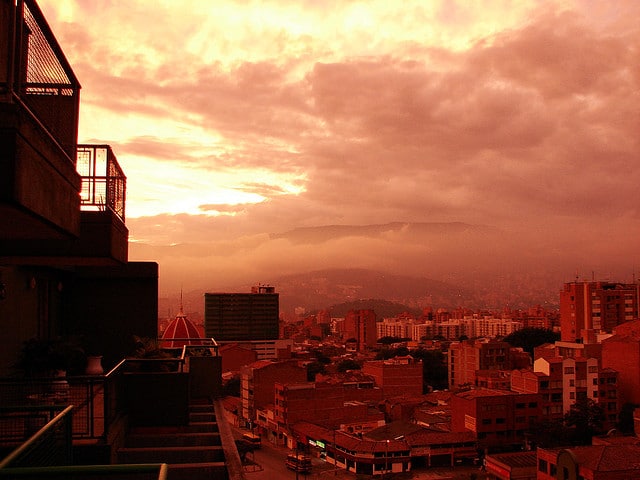





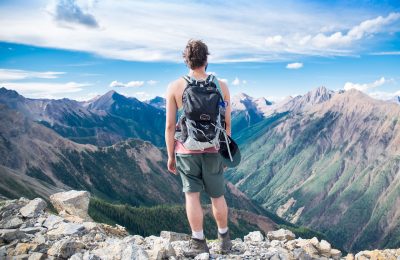




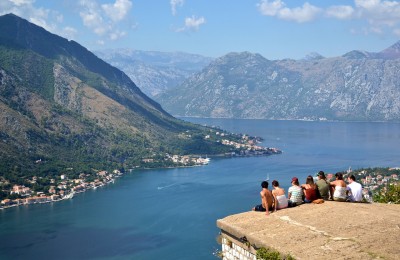

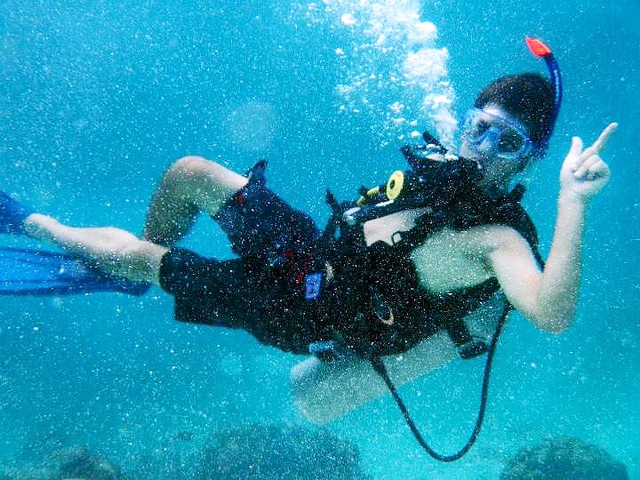
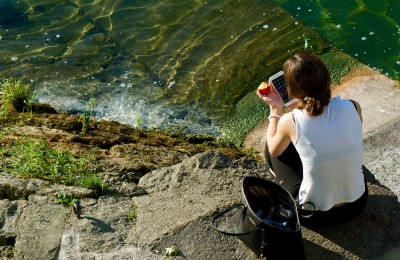


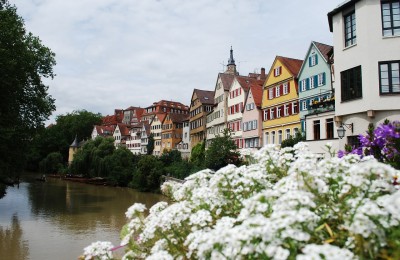




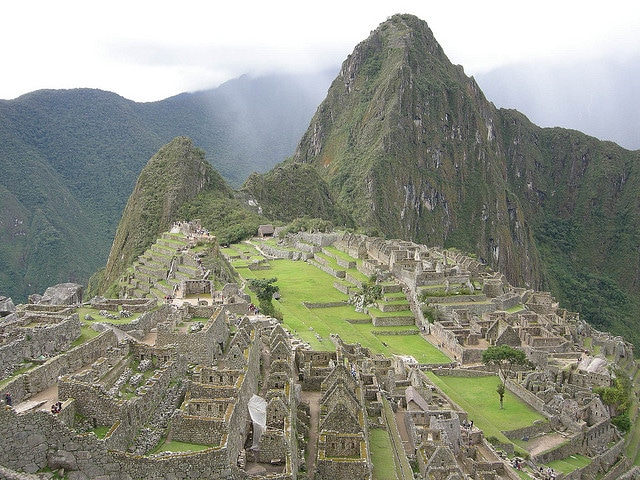
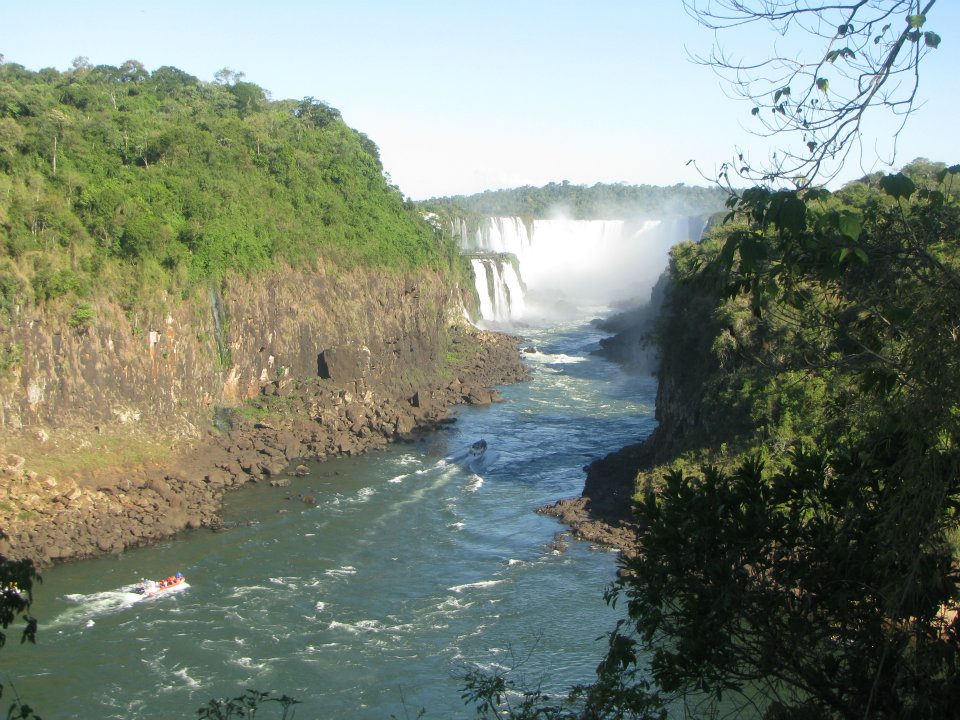
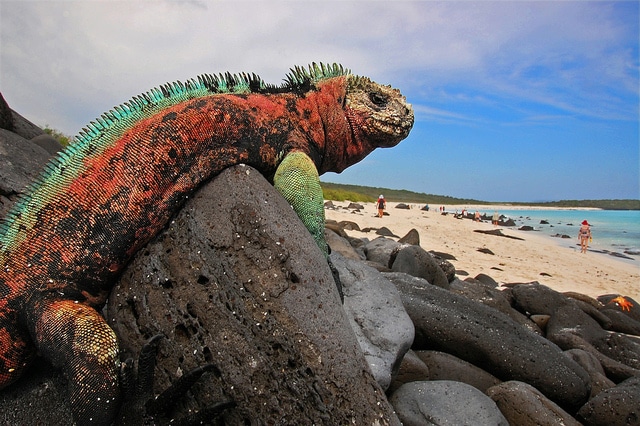
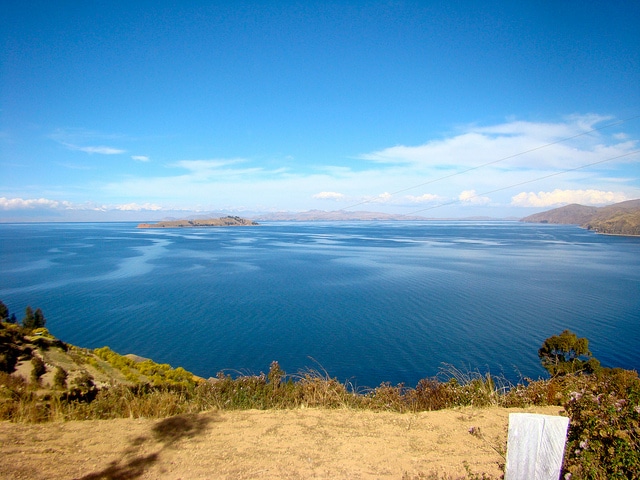



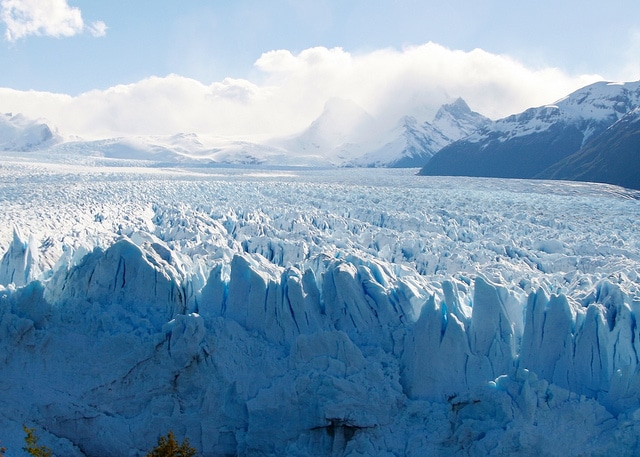
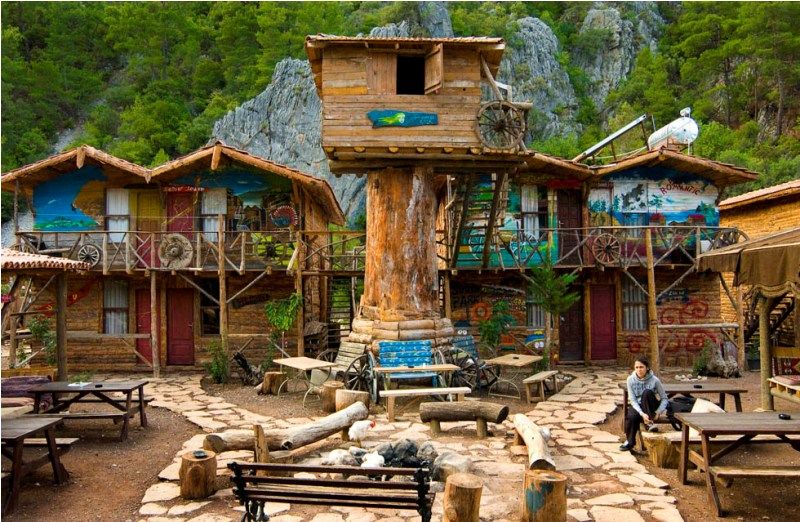
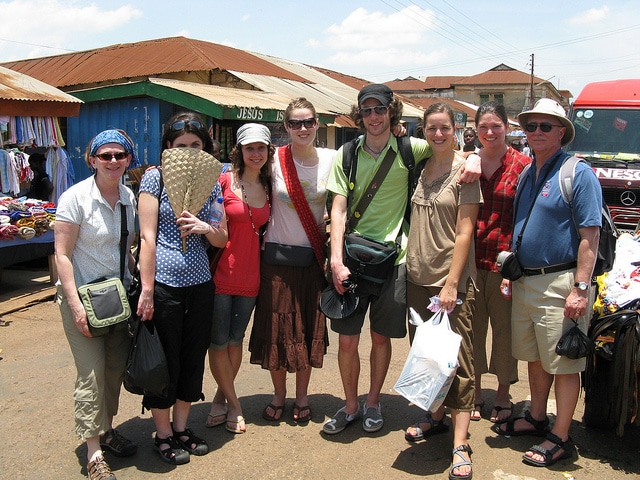






Nice post Rebecca. What about Uruguay? Isn’t there anything amazing like above 10???